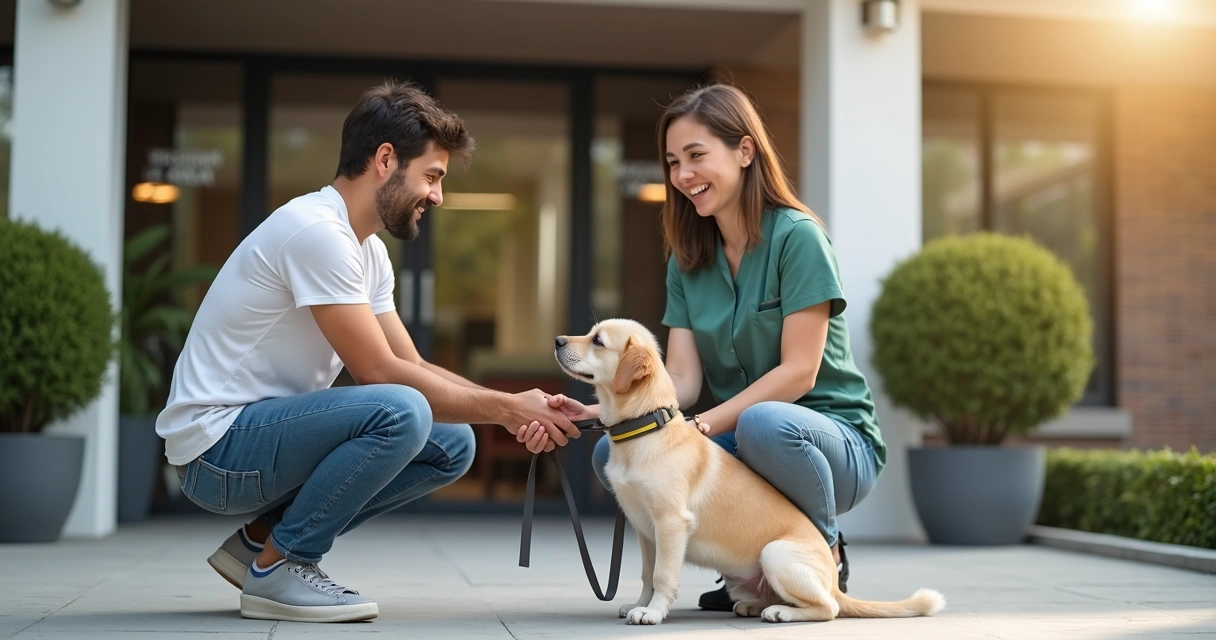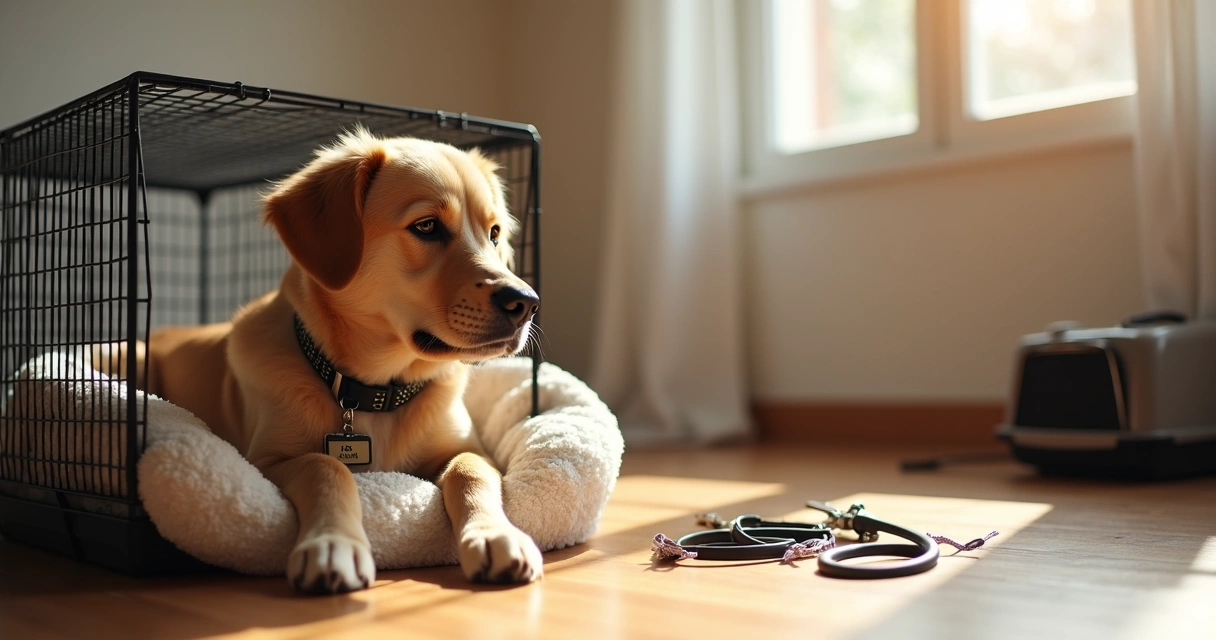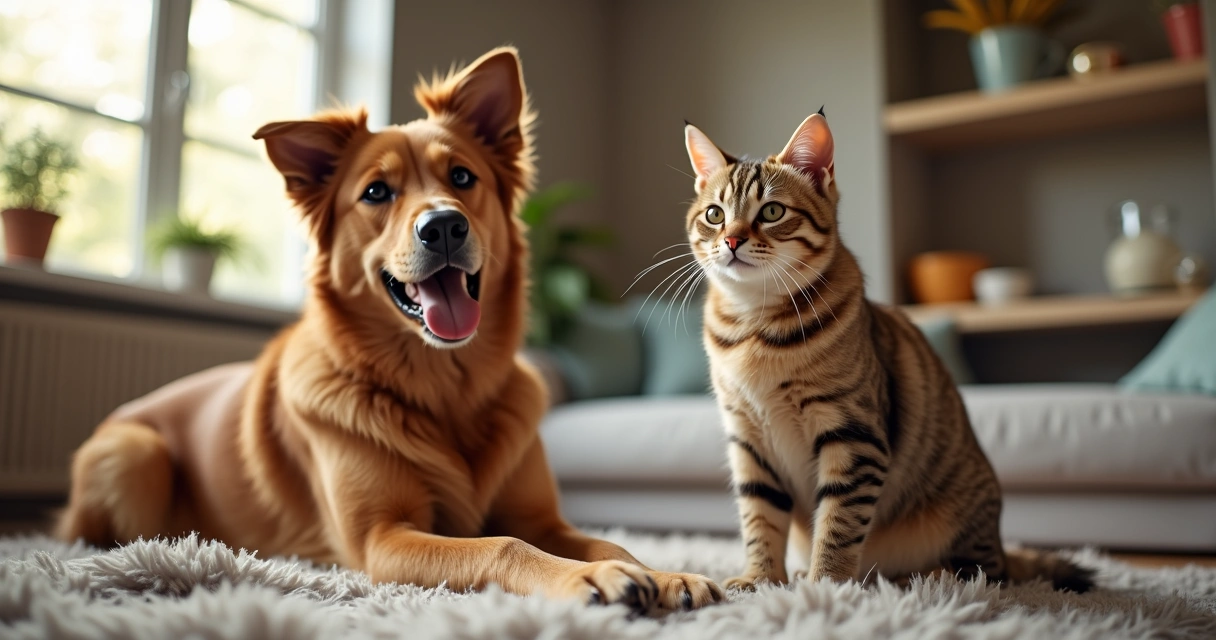Walking into a new pet care facility can feel like the first day at a new school, both for the pet and for the owner. I’ve learned over the years that the appointment drop-off sets the tone for every visit—whether it’s for daycare, boarding, grooming, or specialized training. At Dogtown in Gloucester, MA, the drop-off experience is more than a transaction; it’s the start of a relationship. In my experience, small changes in this process can make all the difference for pets, owners, and staff. Here, I’ve gathered what I know works best for appointment drop-offs to create that smooth, positive beginning every time.
Setting expectations before the visit
Before a pet ever sets paw inside Dogtown, setting clear expectations with pet owners truly matters. I believe communication should start early—well before the appointment day—to prevent confusion or stress.
- Send clear appointment reminders 24–48 hours ahead. I’ve found that a gentle reminder, including date, time, and any preparation tips, not only reduces no-shows but also eases owner anxiety.
- Explain what to bring. Some owners forget vaccination records or favorite toys. Listing these ahead of time, especially for services like boarding or daycare, almost always lowers last-minute stress. I usually advise owners to pack essentials in a labeled bag.
- Mention procedures. Describe what happens at drop-off, including any forms to sign or assessments to complete, like those free pre-enrollment evaluations offered at Dogtown.
I often reassure nervous owners that their pet’s first visit is important for us, too. I remind them that our staff at Dogtown aims to respect every animal’s personality. The goal: keep both pet and owner confident, starting before they even arrive.
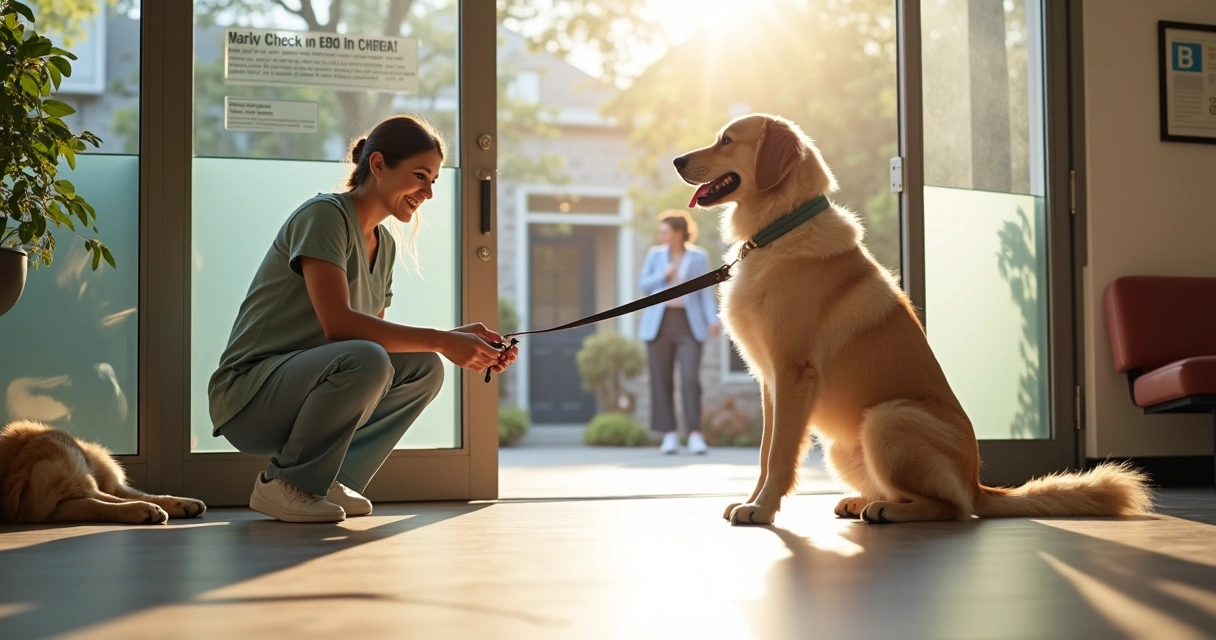
The drop-off handoff: Making the separation easier
I’ve watched hundreds of drop-offs, and it’s clear that this moment can cause tension—sometimes from the pet, sometimes from the owner! Smooth handoffs work best when everyone feels prepared for what happens next.
For pets
- Keep greetings calm and positive but low-key. I ask owners to avoid lingering or saying long, emotional goodbyes. Too much fussing can signal that the separation is something to worry about.
- Hand over the leash or carrier with a simple, upbeat farewell. If a pet is nervous, a small treat or a favorite toy brought from home can help—this tactile comfort reassures many animals.
- Allow trained staff to guide the pet gently inside. In my experience, animals pick up on caregivers’ calm, confident demeanor, especially at a trusted facility like Dogtown where staff understand animal signals and responses.
For owners
- Offer reassurance and information about what happens after the drop-off. I believe letting pet owners know about updates throughout the day (as Dogtown does) builds trust fast.
- If anxiety is high, sharing results from studies on pet anxiety and the value of daycare or boarding can help demonstrate the positive effects of socialization and routine.
A calm goodbye leads to a calmer animal.
Safety and first impressions matter
First impressions at drop-off count for a lot. I’ve seen nervous animals quickly relax when greeted in a well-maintained place, by friendly, knowledgeable staff. Practical studies and guidance from animal organizations highlight the need for visible safety procedures, sanitation, and supervision policies.
- Visible safety checks—like secure gates, ID tags, and checklists for medical info—create confidence for new clients.
- Sanitary measures, including hand sanitizers or cleaning routines, are more than signaling cleanliness; they protect everyone’s health.
- Staff introductions, even short ones, put owner and animal at ease. Sharing a little about your staff’s experience can also help—at Dogtown, for example, the team regularly supervises animals in small groups, adjusting based on temperament and size.
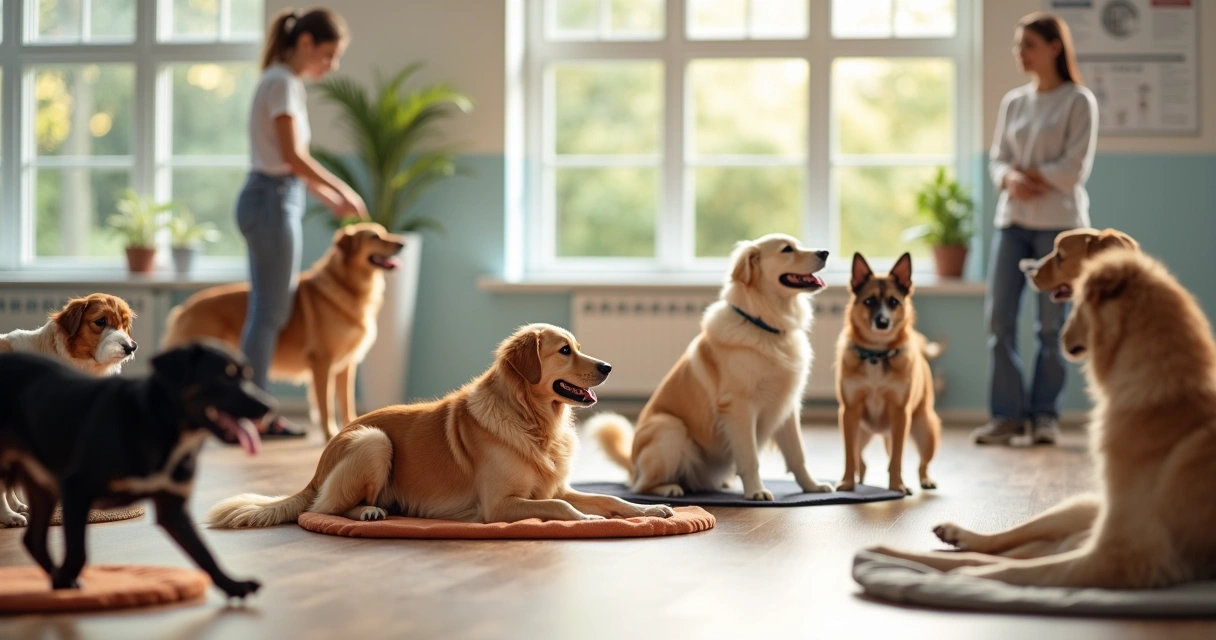
Overcoming the most common drop-off challenges
Even when everything is planned, things don’t always go as expected. I have faced these classic hurdles, and while nothing fits every case, some tips come up again and again.
Separation stress (for both pet and owner)
- Encourage brief first stays or trial sessions, like those offered as part of day camp experiences. This lets pets adjust gradually, which often helps owners, too.
- Communicate frequently. I advise short updates after drop-offs—sometimes a simple “your pup is playing happily!” message goes a long way toward building confidence and easing worry, especially in those first visits.
- Suggest a familiar comfort item, as long as it’s allowed by the facility’s policy. I notice a favorite blanket or toy often helps new pets settle in.
Documentation or preparation issues
- Remind owners early and often about vaccination requirements, feeding instructions, and special needs. I’ve seen so many visits derailed by a missing rabies certificate or unclear medication schedule.
- Share checklists for different services, like those needed for grooming or training sessions. This keeps things moving after arrival.
Unexpected behavior during handoff
- Have a plan—and backup—for pets that are reactive, anxious, or especially energetic. At Dogtown, for example, trained staff use gentle redirection or positive reinforcement to help manage the energy level of the drop-off zone.
- Offer a quiet waiting area for pets who need extra time to adjust. Even a short pause in a quiet corner can make a world of difference.
Consistent check-in routines
After all this, I find that one thing matters most for a smooth start: consistency. At a place like Dogtown, having reliable routines means pets start to anticipate and enjoy their visits.
- Use a consistent check-in process every time. This might mean digital check-ins for busy mornings, or a face-to-face greeting when things are a bit slower.
- Offer a pre-enrollment assessment for all new clients. I have seen how this step works wonders at facilities like Dogtown, where understanding a pet’s temperament or needs is a top priority before any service begins.
- Update owner preferences regularly. Whether it’s a change in diet, medication, or temperament, keeping notes updated ensures everyone knows what to expect at the next drop-off.
Promoting ongoing support for a lasting relationship
I don’t think a successful drop-off ends once the owner leaves. Follow-ups and feedback play a huge part in building loyal, happy clients—both human and animal.
- Provide post-visit updates and welcome feedback. I see many owners appreciate a message about their pet’s day or a few quick tips after a training session.
- Check in before big life or seasonal changes—vacations, holidays, or even after a long break at home. I recommend offering advice on travel prep or acclimating pets to group care again.
Personal touches, from simple photos to quick check-ins, often transform a routine visit into a memorable experience.
Conclusion: Creating a smooth start together
If I had to sum it up, I’d say this: a great appointment drop-off is about more than logistics—it’s about trust and kindness, every single visit. At Dogtown, the focus always returns to what works for pets and their families, with clear communication and responsive care. The details might change, but these best practices form a foundation for lasting, stress-free drop-offs.
I invite every pet parent—whether you’re new to group care or a seasoned regular—to come visit Dogtown and see how much a thoughtful, joyful drop-off can impact your day, and your pet’s. With services ranging from daycare and boarding to personalized training, Dogtown combines convenience and compassion to help every animal begin (and end) their stay happy.
Frequently asked questions
What is an appointment drop-off?
An appointment drop-off is the process when a pet owner brings their animal to a care facility, such as Dogtown, at a scheduled time for services like daycare, boarding, grooming, or training. It’s the moment the responsibility for the pet temporarily shifts from owner to staff.
How to reduce appointment drop-offs?
To reduce missed or delayed drop-offs, I recommend sending timely reminders, outlining expectations in advance, and making the check-in process easy and welcoming. Friendly, clear communication and easy-to-understand policies play a big part. Pre-visit checklists and reminders from staff can also curb confusion or forgotten appointments.
Why do appointment drop-offs happen?
Appointment drop-offs mainly occur so pets can access services and owners can ensure professional supervision, health, and enrichment for their animals. Sometimes, drop-offs are also due to changes in routine or the need for specialized care that can’t be done at home, as seen in research about separation anxiety among pets and their owners returning to work (pet anxiety research).
What are the best check-in practices?
Best check-in practices include greeting owners and pets warmly, maintaining clear documentation, verifying all health and safety requirements, performing a quick temperament check, and answering any last-minute questions. Consistent routines with friendly staff help both pets and owners feel comfortable and secure.
How can I prepare clients for appointments?
I usually advise preparing clients with detailed pre-visit instructions, checklists of what to bring, and clear explanations of what to expect at drop-off. Early and friendly reminders cut down on confusion, while providing information on services—like what Dogtown offers in daycare, training, or grooming—can set everyone at ease before they arrive.


